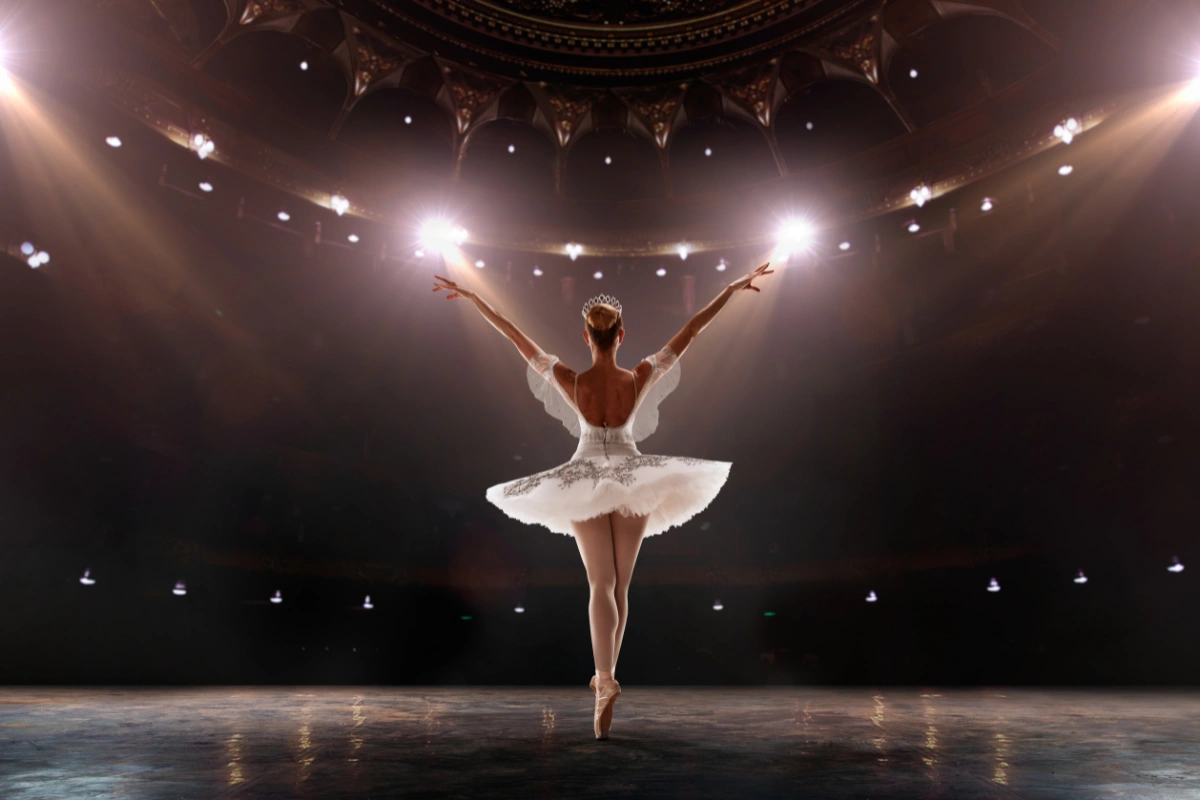Ballet is a highly technical and formal style of dance that originated in the Italian Renaissance courts of the 15th century and later developed into a concert dance form in France and Russia. Known for its grace, precision, and storytelling, ballet emphasizes a structured technique and often follows a set vocabulary of movements. Key characteristics of ballet include:
- Technique: Ballet dancers undergo rigorous training to develop strength, flexibility, and control. This includes mastering foundational positions and movements such as pliés, tendus, and pirouettes.
- Formality and Structure: Ballet has a strict set of rules regarding posture, alignment, and movement. Dancers typically perform in a highly disciplined manner.
- Classical Music: Ballet is often performed to classical music, with compositions specifically created for ballets or choreographed to existing pieces.
- Storytelling and Expression: Many ballet performances tell a story or convey emotions through movement, often featuring characters and narratives, as seen in famous ballets like “Swan Lake,” “The Nutcracker,” and “Romeo and Juliet.”
- Costumes and Theatrical Elements: Ballet often includes elaborate costumes, sets, and lighting to enhance the visual experience and support the storytelling aspect.
Ballet encompasses various styles, including classical ballet, contemporary ballet, and neoclassical ballet, each with its unique characteristics and techniques. It remains a foundational dance form, influencing many other styles of dance.

Read more: WHAT IS BALLET?

Leave a reply